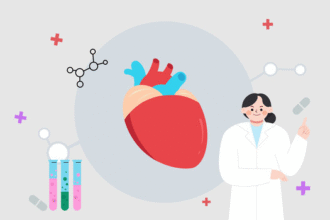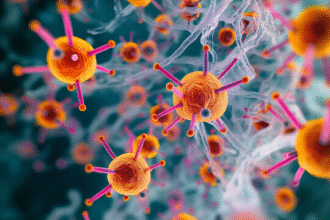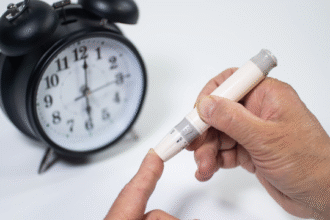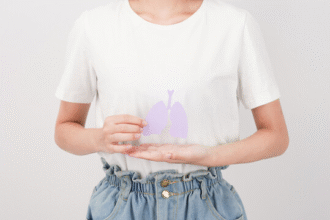Nursing Care for Patients with Cholelithiasis
Cholelithiasis (gallstones) can cause significant discomfort and may require surgical intervention. Comprehensive nursing care—before and after surgery—helps alleviate patient anxiety, promotes recovery, and minimizes complications.
- 1. Psychological Support and Patient Education
- 2. Preoperative Nursing Interventions
- 3. Intra- and Postoperative Temperature Management
- 4. Postoperative Diet Progression and Nutritional Support
- 5. Pain Assessment and Management
- 6. Vital Sign and Fluid Monitoring
- 7. T-Tube and Drain Care
- 8. Discharge Planning and Follow-Up
1. Psychological Support and Patient Education
- Explain the nature of gallstone disease, proposed treatments, and expected outcomes to reduce fear and anxiety.
- Encourage questions and active participation in care decisions to build confidence and cooperation.
- Provide clear instructions on preoperative fasting, procedure details, and postoperative expectations.
2. Preoperative Nursing Interventions
- Assess vital signs, hydration status, and baseline laboratory values.
- Instruct the patient to maintain a high-calorie, low-fat, low-residue, vitamin-rich, easily digestible diet until the evening before surgery.
- For patients with adequate liver function, recommend a high-protein diet and small, frequent meals.
- Ensure the patient is NPO (nil per os) on the day of surgery; administer intravenous fluids and nutritional support as ordered.
- Administer vitamin K₁ (IV or IM) for patients with jaundice and monitor coagulation parameters.
3. Intra- and Postoperative Temperature Management
- Monitor body temperature closely; use physical cooling methods (cool compresses, tepid baths) or antipyretics as prescribed.
4. Postoperative Diet Progression and Nutritional Support
- Begin with IV fluids and progress to a clear liquid diet once bowel sounds return.
- Advance to semi-liquid (e.g., broth, pudding) and then to a regular, low-fat diet as tolerated.
- Continue high-protein, vitamin-rich meals in small, frequent servings.
- If oral intake is inadequate or infection develops, provide supplemental parenteral nutrition.
5. Pain Assessment and Management
- Regularly assess the cause, intensity, and character of pain using a standardized pain scale.
- Teach proper use of patient-controlled analgesia (PCA) pumps or administer scheduled analgesics as ordered.
- Evaluate effectiveness and monitor for side effects.
6. Vital Sign and Fluid Monitoring
- Monitor temperature, heart rate, blood pressure, and respiratory rate every 4 hours (or per protocol).
- Record hourly urine output and watch for signs of oliguria or fluid imbalance.
- Order ECG, arterial blood gas analysis, and renal function tests as indicated by clinical status.
7. T-Tube and Drain Care
- Ensure unobstructed drainage in patients with T-tube placement:
- Keep tubing free from kinks, pressure, or twisting.
- Maintain patency by regular gentle flushing if prescribed.
- Replace drainage bags daily using aseptic technique.
- Inspect and document the color, volume, and consistency of bile drainage.
- Observe the insertion site for bleeding, bile leakage, or skin irritation; keep the area clean and dry.
8. Discharge Planning and Follow-Up
- Educate the patient on signs of complications: fever, jaundice, increasing pain, bile leakage.
- Provide dietary guidelines: low-fat meals, gradual reintroduction of fat.
- Schedule follow-up visits for wound assessment, laboratory tests, and T-tube removal if applicable.
- Reinforce lifestyle modifications: maintaining a healthy weight, balanced diet, and regular physical activity.
By delivering patient-centered nursing care—combining education, physical support, and vigilant monitoring—healthcare professionals can optimize outcomes for individuals undergoing treatment for cholelithiasis.







